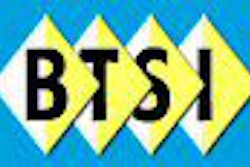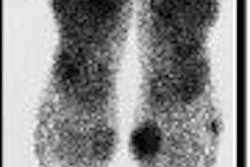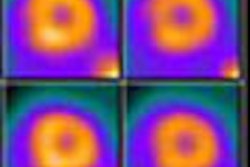SNM, formerly the Society of Nuclear Medicine, is advising medical professionals to counsel patients who undergo nuclear medicine procedures that residual radiation from medical treatments may cause travel delays due to increased security scanning at places such as airport boarding areas, rail stations, ports, international border crossings, bridges, and tunnels.
Approximately 17.2 million people in the U.S. underwent a nuclear medicine procedure in the past year, according to Reston, VA-based SNM.
The organization suggested that the following items should be discussed with all nuclear medicine patients prior to treatment:
To avoid any difficulties, patients who choose to schedule travel after nuclear medicine procedures may want to do so on the basis of the specific radioisotope received and the length of time it remains detectable.
Know what radioisotope has been used in the treatment or study. Most recent problems with radiation monitors have been with the use of iodine-131 (I-131), which is used to treat hyperthyroidism, thyroid cancer, and lymphoma.
Most nuclear medicine studies are performed with technetium-99m (TC-99m), which should not be detectable by sensitive radiation monitors three or four days after a test.
FDG is the most common radioisotope used with PET imaging, and should be undetectable one day after a test.
Myocardial perfusion imaging can be performed with Tc-99m or thallium-201 (Tl-201) or a combination of both. Be sure to confirm which radioisotope has been used in the study. Tl-201 may remain detectable for 30 days.
A majority of security incidents with radiation monitors have involved treatment doses of I-131. This radioisotope may be detectable for as long as three months after treatment.
Patients and healthcare providers should discuss how long patients may emit detectable radiation following treatment.
Patients should obtain a letter from their physician that contains the following information: the patient's name, contact information for the testing facility, the name of nuclear medicine procedure, the date of the treatment or test, the radionuclide that was used, its half-life, its administered activity, and 24-hour contact information.
Patients should let their doctors know if security personnel stop them after triggering radiation devices. SNM asks that physicians report such incidents so that the society may be able to identify and help educate specific authorities.
By AuntMinnie.com staff writers
November 9, 2006
Related Reading
JNMT names Neagley as new editor, July 28, 2006
SNM initiates $5 million 'Bench to Bedside' campaign, June 5, 2006
SNM offers research grant for cardio molecular imaging agents, April 28, 2006
SNM disburses technologist, physician grants, February 28, 2006
SNM taps Conti as president, June 21, 2005
Copyright © 2006 AuntMinnie.com



















